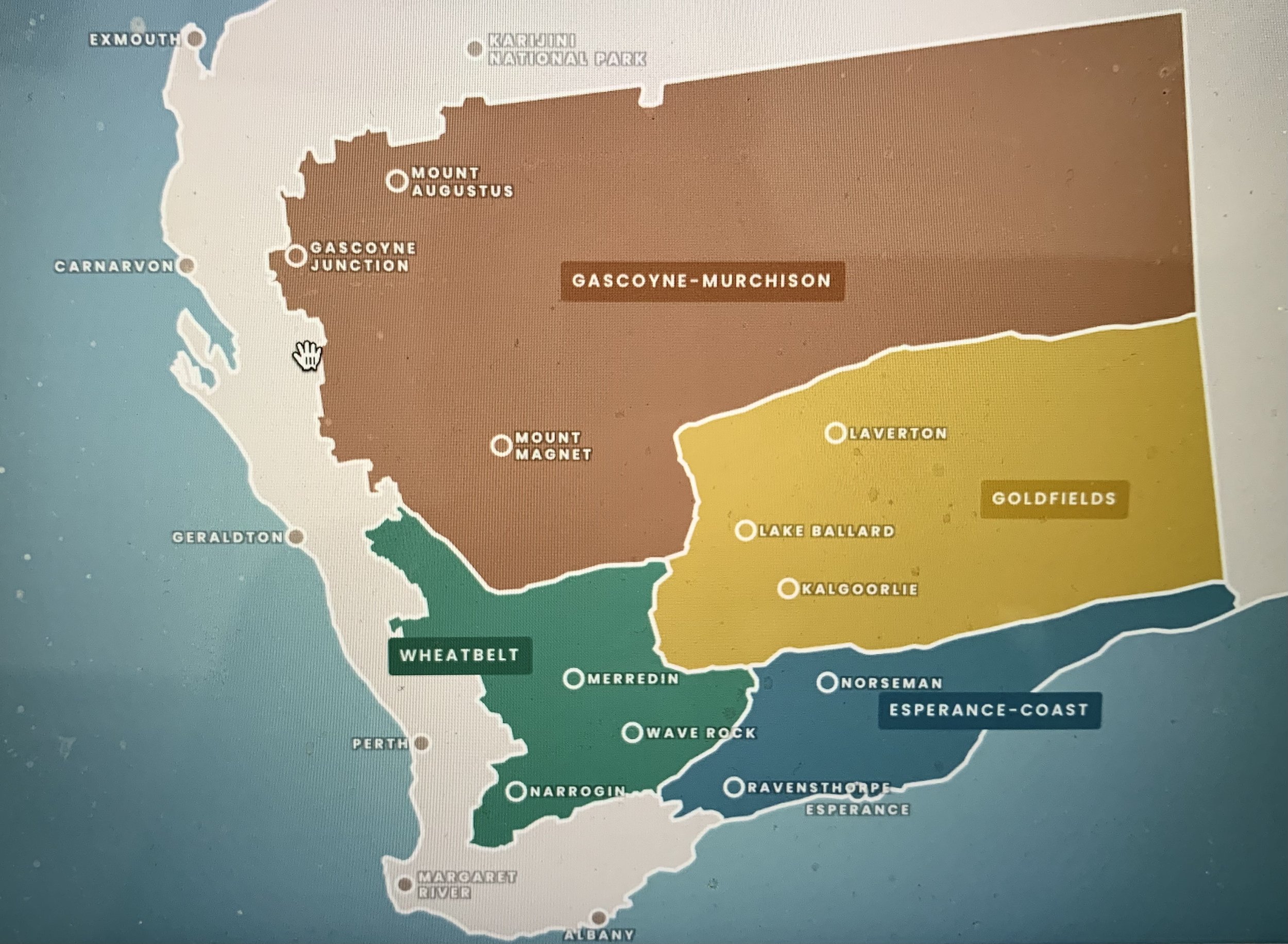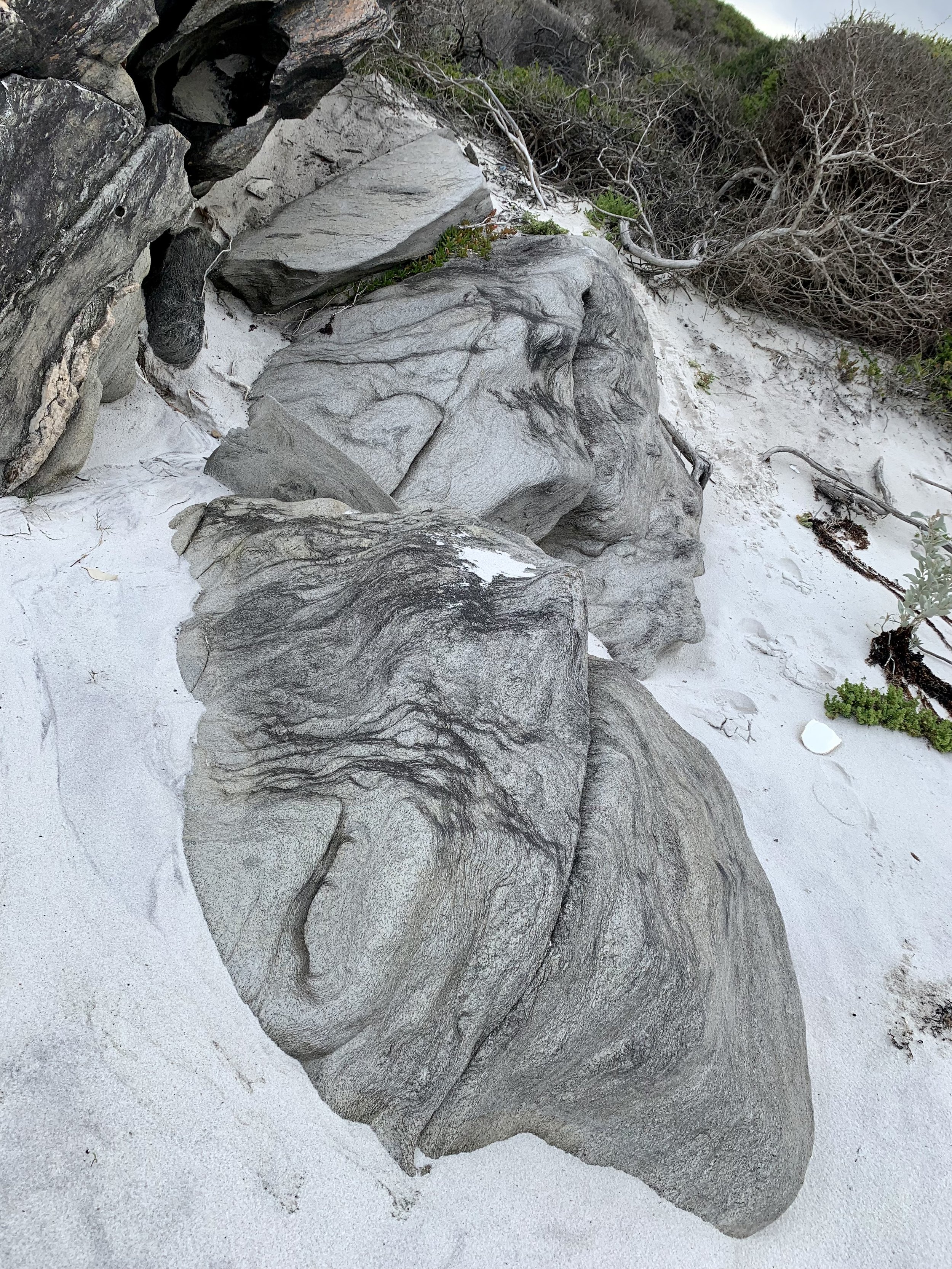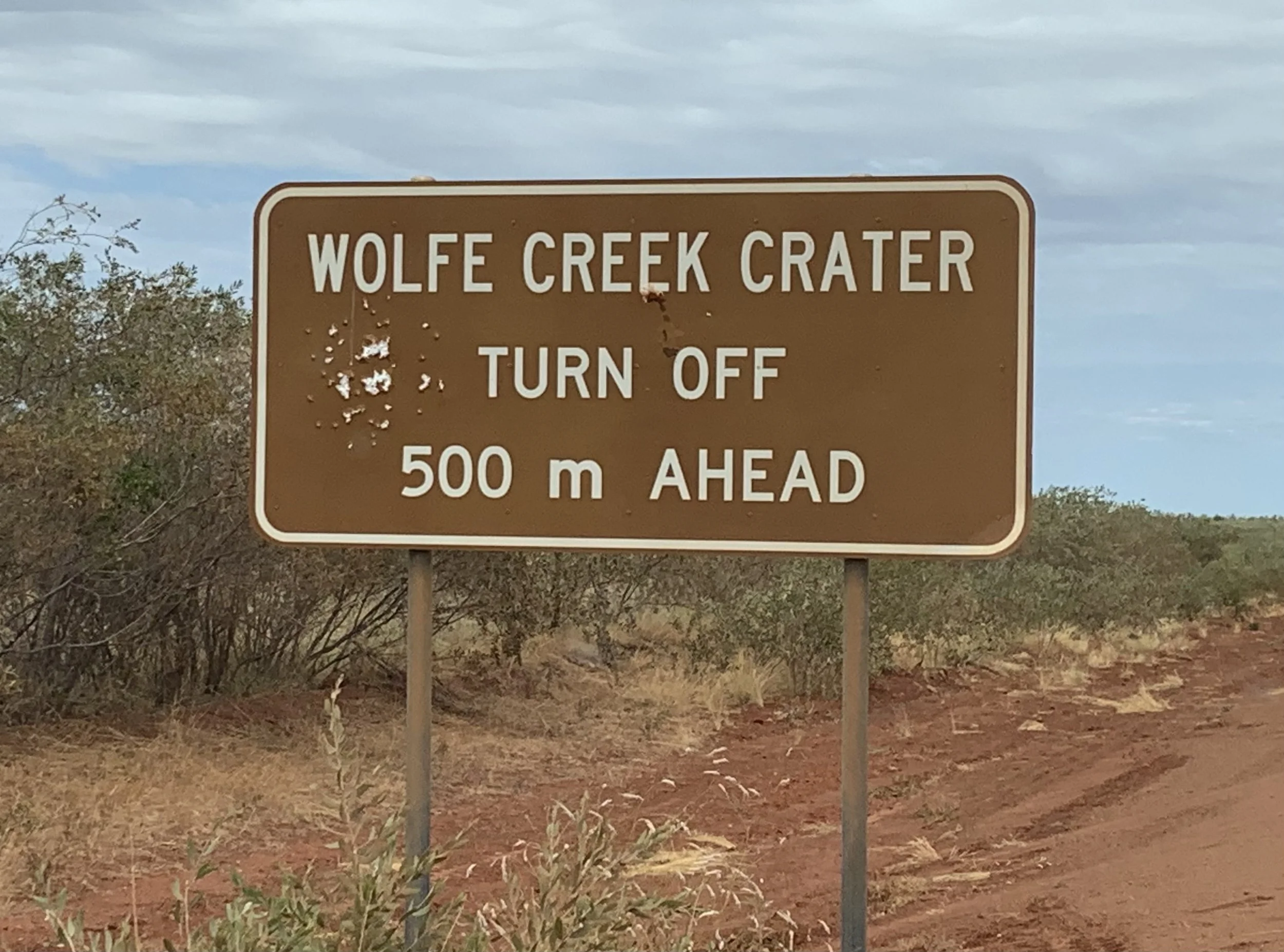The Hakea
Notes This post took ages to write: and then rewrite. While checking even small details, it was easy to fall down a rabbit hole, such as reading someone’s thesis that mentioned Qualup Bells. Some rare plants in remote areas have only a scientific (Latin) name or the original Aboriginal name; others have several common names. With thanks to my friend who did a lot of the spadework for his own photographs! Also, there are what I shall call red-herring plants – same flower, different leaves, possibly a subspecies. Although I’d already written beyond the Fitzgerald River National Park, I’m just popping back there for some flowers.
Western Australia is famous for its wildflowers, and the Big Trip itinerary had always included opportunities to catch some of them. This meant being in the right places at the right times, which I feared might be later than usual as a result of low temps and too much rain. By now, time was shorter than we’d originally planned, and the wrong weather was making life more difficult. Decisions had to be made, quickly, and we had to get on with it, whatever it was.
We’d identified three areas where we hoped to find remarkable flowerings. All three were in what WA calls its Golden Outback, extending roughly northwest from Esperance to Carnarvon. The Golden Outback website includes a useful locator map: we drove from Esperance Coast through Wheatbelt.
Hakea victoria/Royal Hakea
To recap, I’d never heard of Fitzgerald River National Park until we spent time in rainy Ravensthorpe’s information centre (en route from Esperance to Albany). I learned that this National Park was only a stone’s-throw from Hopetoun where we were staying next, and, more importantly, it is home to unique plants that simply could not be missed. Once again we changed the plan: what was originally intended to be a quick there-and-back to Hopetoun for a cuppa, now required a two-night stay so we could walk in a must-see Park that had almost been missed altogether.
And there they were, like spectacular sentinels of the wilderness – Royal Hakea.
On Day 31 of the Big Trip my diary records: ‘I wouldn’t have missed this for the world: few people; stunning beaches; far-reaching views. Just getting beyond Culham Inlet took a while, with its photo ops. And the plants! Royal Hakea is surely an alien life-form.’
Looking back east from beyond Culham Inlet
Fitzgerald River National Park is one of the largest and most botanically significant National Parks in Australia. Its 330,000 hectares of unspoilt wilderness are home to 20 per cent of Western Australia’s plant species: such diversity results from varied climatic conditions and soil types. Many species are only found here, such as Barrens Regelia (see further below). The Hakea Trail is a rugged coastal walk from Cave Point to Quoin Head, along the edge of the National Park’s central wilderness. How I wish there’d been the time and the weather to do a serious walk.
Looking west from East Mount Barren
The coastal peaks known as the Barrens are made of light-coloured quartzites. The rocks originated as sand deposits on a delta in a shallow sea, about 1700 million years ago. The quartz sandstone that resulted was subsequently buried during a collision between two landmasses and transformed into the much harder quartzite. Later, it was uplifted and tilted by movements of the Earth’s crust.
Quartzite is more resistant to erosion and weathering than other rock types, but over time – a huge amount of time – fractures on exposed rock surfaces are enlarged, and slabs of rock break up into large boulders. Crevices in piles of rock provide opportunities for animals and plants alike: many plants unique to the Fitzgerald River National Park enjoy a perfect niche in these quartzite peaks.
Hakea victoria in the wild
We had come here for the Hakea, but it wasn’t the only stand-out. The appropriately named Cauliflower Bush is also a Hakea.
Cauliflower Bush/Hakea Corymbosa
Barrens Regelia flowers were spectacular. Somewhere I read the stems described as ‘too brutal for its flowers’, a curious yet accurate observation. Red Toothbrush Grevillea flowers, further below, reminded me of the heads and tails of comets, wanderers of the Solar System.
Serrated-leaf Banksia
Oak-leaved Dryandra, related to Banksias
Red Toothbrush Grevillea (Myrtle family)
Scarlet Banksia
We stopped at West Beach where the surf was up and the rocks were surreal.
Even the sand patterns were intriguing, created around teeny-tiny white pebbles.
The end of the road for us that day was Hamersley Inlet. As always, I wanted to go further. However far we went was never far enough for me, especially in gloriously empty spaces on our ‘final’ tour. If you know you’ll almost certainly never be coming back, you have to savour every moment, and linger longer if needs be. And to think we’d nearly headed north from Ravensthorpe!
Mylies Creek
Australian Shelduck
Barrel Cone Flower
I wanted to get ‘beyond the bitumen’, as Aussies say. There wouldn’t be a pot of gold, or even a scenic view; it was my goal. It means driving off-road, which takes longer but is much more eventful: not on this occasion, however. A reason for the closure would have been helpful.
A burst of sun…
…a slash of blue
Finally, a special mention for Qualup Bells. Sometimes you latch on to something, obsess about it even – a place, a plant, a name. I read all about Qualup Bells in Ravensthorpe information centre, outside of which they must have planted the ones below from seed. They are stunningly beautiful, but the contrast between flower and stem gives you an inkling of the harsh wilds in which they grow. They’re endemic to the Fitzgerald River National Park, but we would possibly have had to hike for days to stumble across a clump. Also, we were weeks ahead of their flowering season.
While researching, I came across a piece of writing from 2010 entitled Hunting the Qualup Bell by Glen Phillips, published in Landscapes: the Journal of the International Centre for Landscape and Language. It’s quite long and only mentions Qualup Bells a few times, but it’s an evocative piece about the Australian landscape and those who are captivated as they pass through.
I’ve faffed about rewriting bits of this post, but now I have to call a halt. There remained two more wildflower hotspots on our route in WA: Lesueur National Park, north of Jurien Bay, and Coalseam Reserve, northeast of Dongara.


































